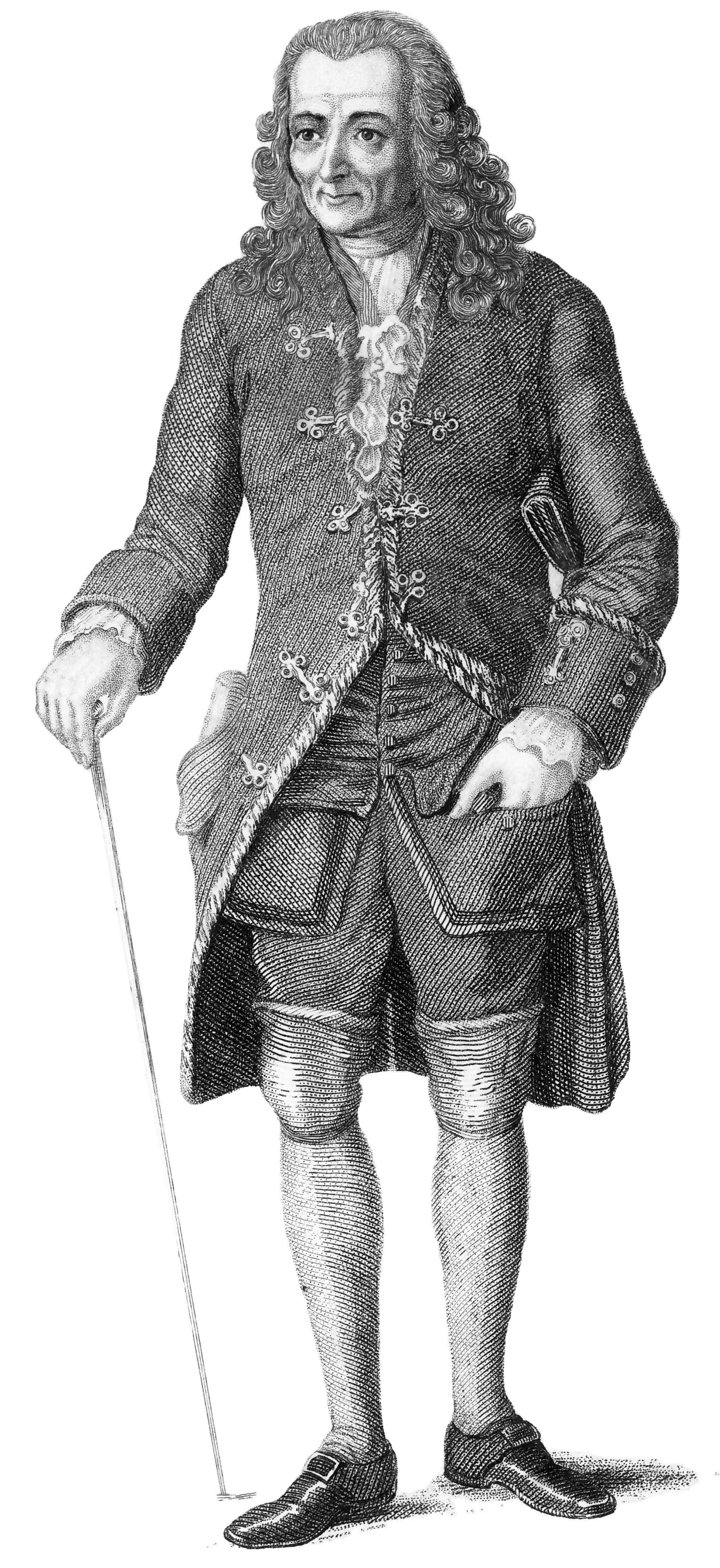Candide is both the literal and "dennotational"representation of optimism. He began the tale with such naiveness and purity, I can´t help but feel confounded with Candide´s recurrent obsession with Lady Cunégonde. I would´ve thought his innocence and youth would probably "backstab" him when he had "intercourse" with Lady Cunégonde, yet Voltaire writes as if Candide knew what he was doing.
"Cunégonde dropped her handkerchief, and Candide picked it up. She quite innocently took his hand, as he innocently kissed hers with singular grace and ardour. Their lips met, their eyes flashed, their knees trembeled, and tehir hands would not keep still." (21)
This would be one of the reasons why Candide reminds me of René Descartes, or maybe because they were both philosophers who went through war. Specultions about Christina, the queen of Sweden and Descartes existed, and she was elite, just like Lady Cunégonde.
Lady Cunégonde. I was beginning to find her amusing, until I read about the coincidence of encountering Dr. Pangloss in a deplorable state, with a mindblowing tale to brighten the narration. After being forced upon, "her ladyship [Cunégonde] was cut into small pieces" (29). Candide and Cunégonde seemed to have enjoyed their time alone so much, yet it seems ironic that Cunégonde is forced upon while the reader knows how much Candide likes her. I felt pity towards the philospoher, who is clearly shocked: He had believed Lady Cunégonde was a "pearl among women, the masterpiece of nature." (28). Candide had fallen in love with this woman, Pangloss acknowledged: "Love is the corter of humanity, the preserver of the universe, the soul of all living things; tender love!" (29). One of the sad ironies of life, which Candide suffered, to have loved and lost.

No hay comentarios:
Publicar un comentario